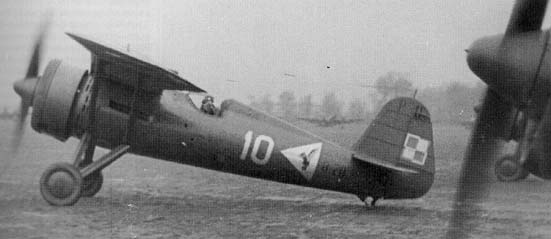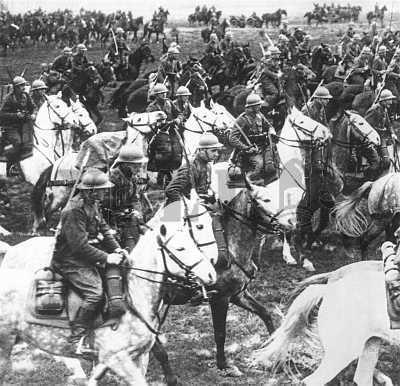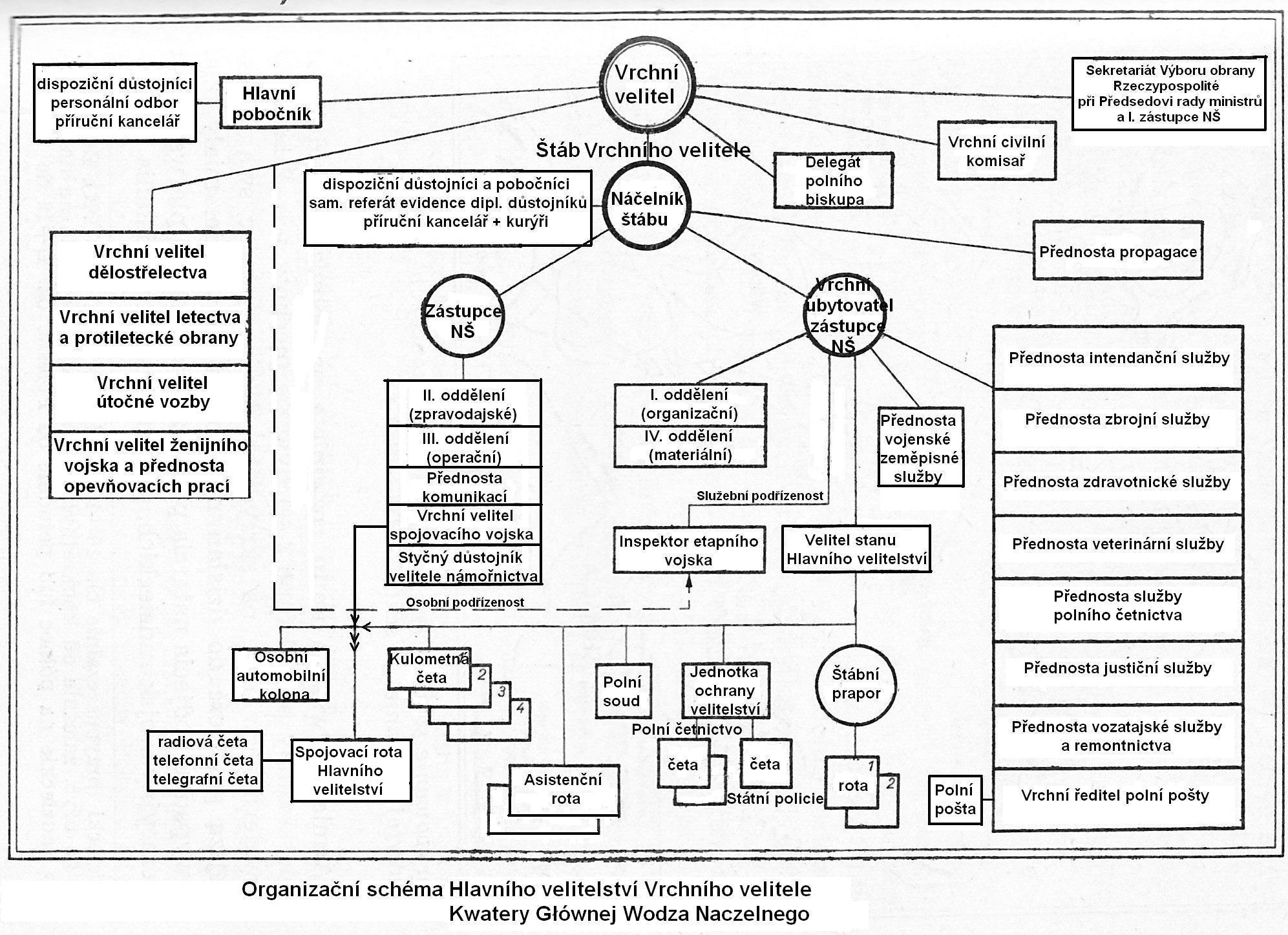
September War

Black Brigade - Part II. "1940 - French Intermezzo"

Black Brigade - Part III. "1944 - From Normandy to Germany"

Fall Weiss in Těšín area
On September 1, 1939, a small but industrially important part of Czechoslovakia from Bohumín to Jablunkov on the left bank of the Olza River, which was occupied by Poland and became part of it, did not witness fierce fighting on September 1, 1939. Despite its economic importance, the Poles did not intend to defend it steadily, but preparations for World War II and the course of its first day were recorded in municipal chronicles, Polish historiography, as well as in German war documents.

The first air battle of the last world war

The Polish units with a swastika in the emblem

With saber against tanks – the absurd myth of the Polish September 1939
The legend of Polish cavalry attacking German tanks with sabres and pikes is perhaps the most famous myth of the September 1939 campaign. I believe that it is impossible to determine exactly where and when this myth originated, but it is still alive both in Poland and beyond its borders. The myth was created during the entire Polish campaign and the years that followed. The fact that such an attack would have been a clear suicide, and no commander in his right mind would have given such a stupid order, in no way diminishes the popularity of these stories, repeated with wonder even by well-known authors. It proves that it is very difficult to remove any stereotype, however utterly absurd, when it is so deeply ingrained.

Central military authorities

High Command

Infantry

Cavalry


Artillery

Signal Corps

Armoured and motorised corps

Engineers

Field Gendarmery


Air Force

Navy
Join us
We believe that there are people with different interests and experiences who could contribute their knowledge and ideas. If you love military history and have experience in historical research, writing articles, editing text, moderating, creating images, graphics or videos, or simply have a desire to contribute to our unique system, you can join us and help us create content that will be interesting and beneficial to other readers.
Find out more